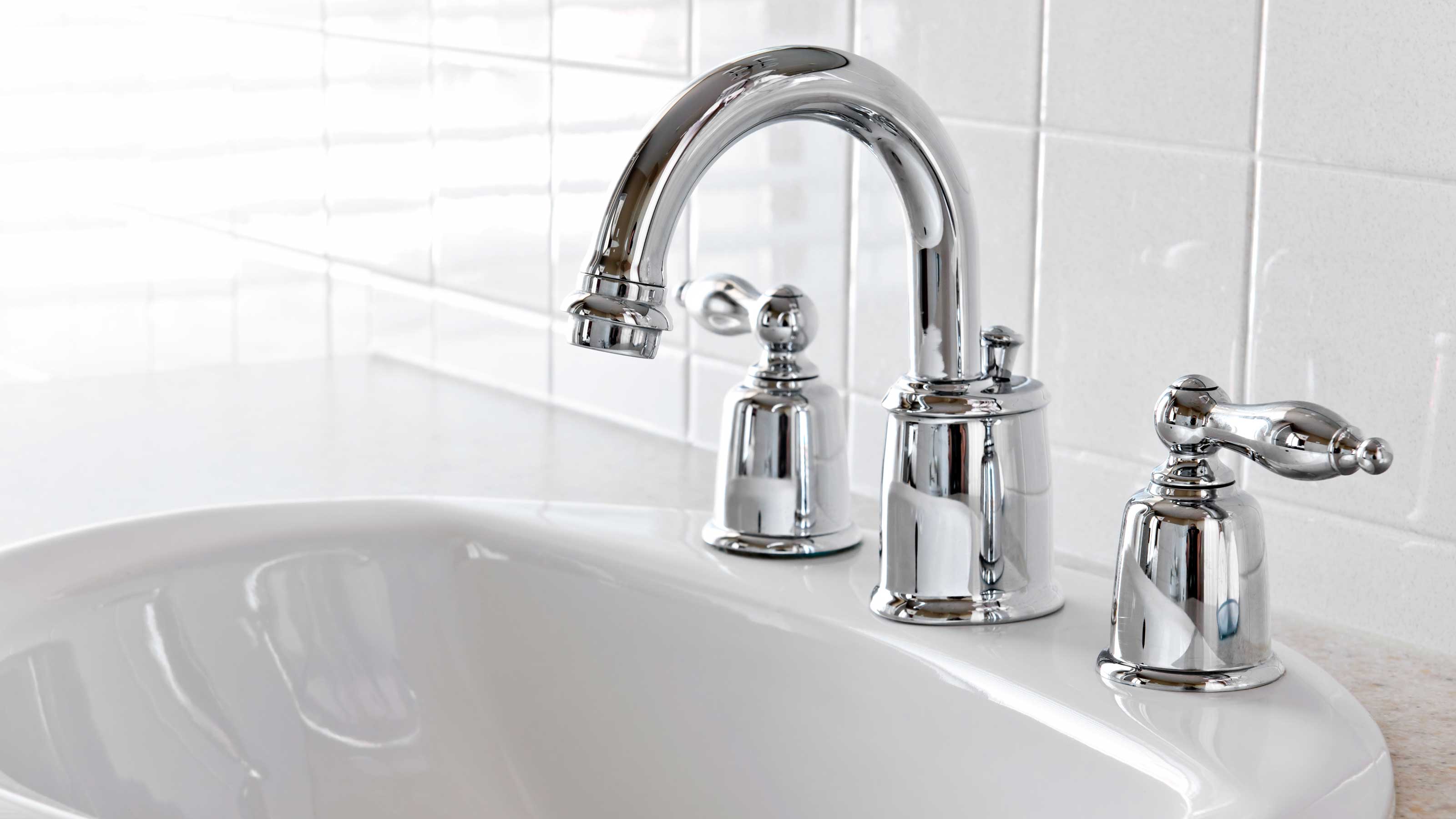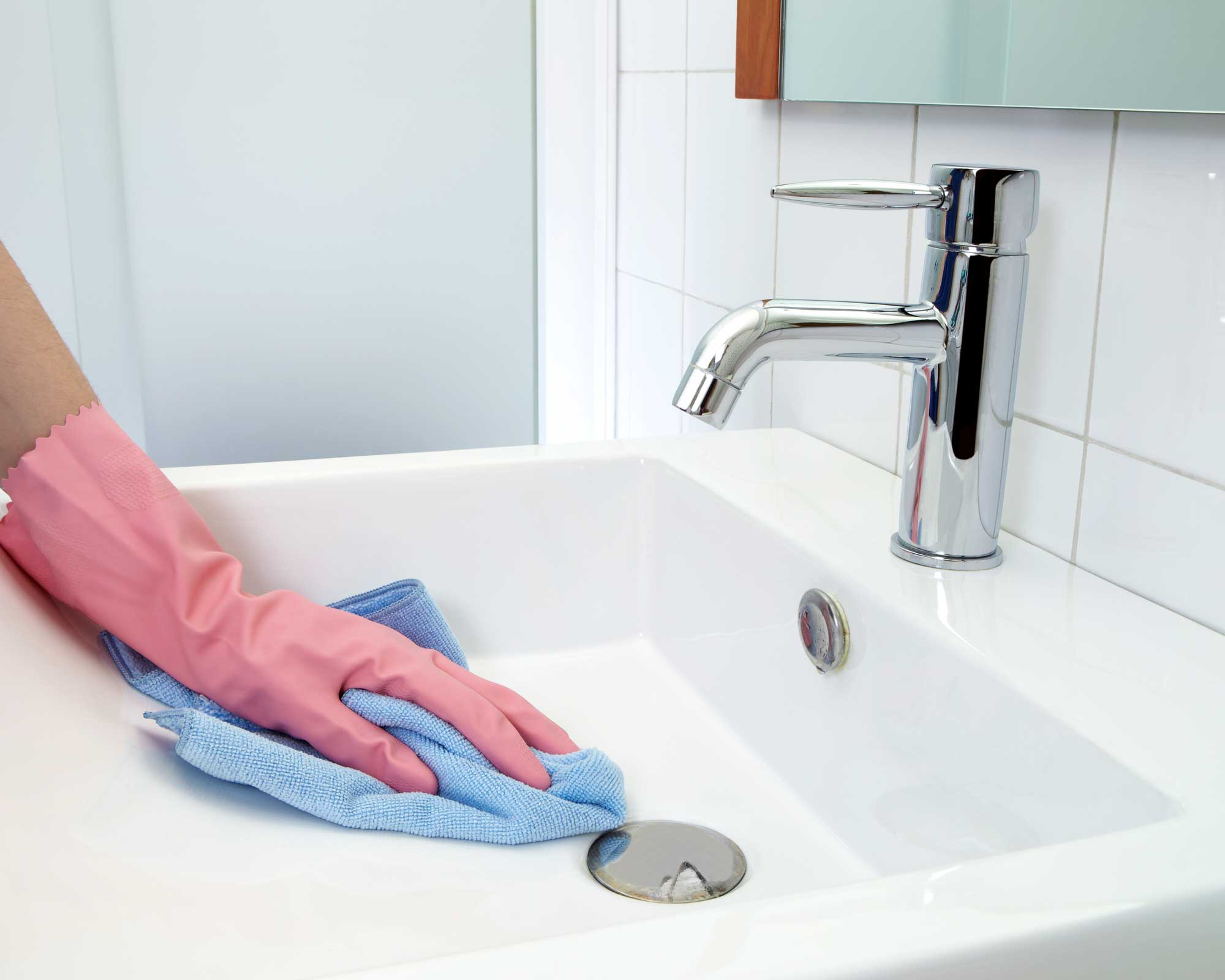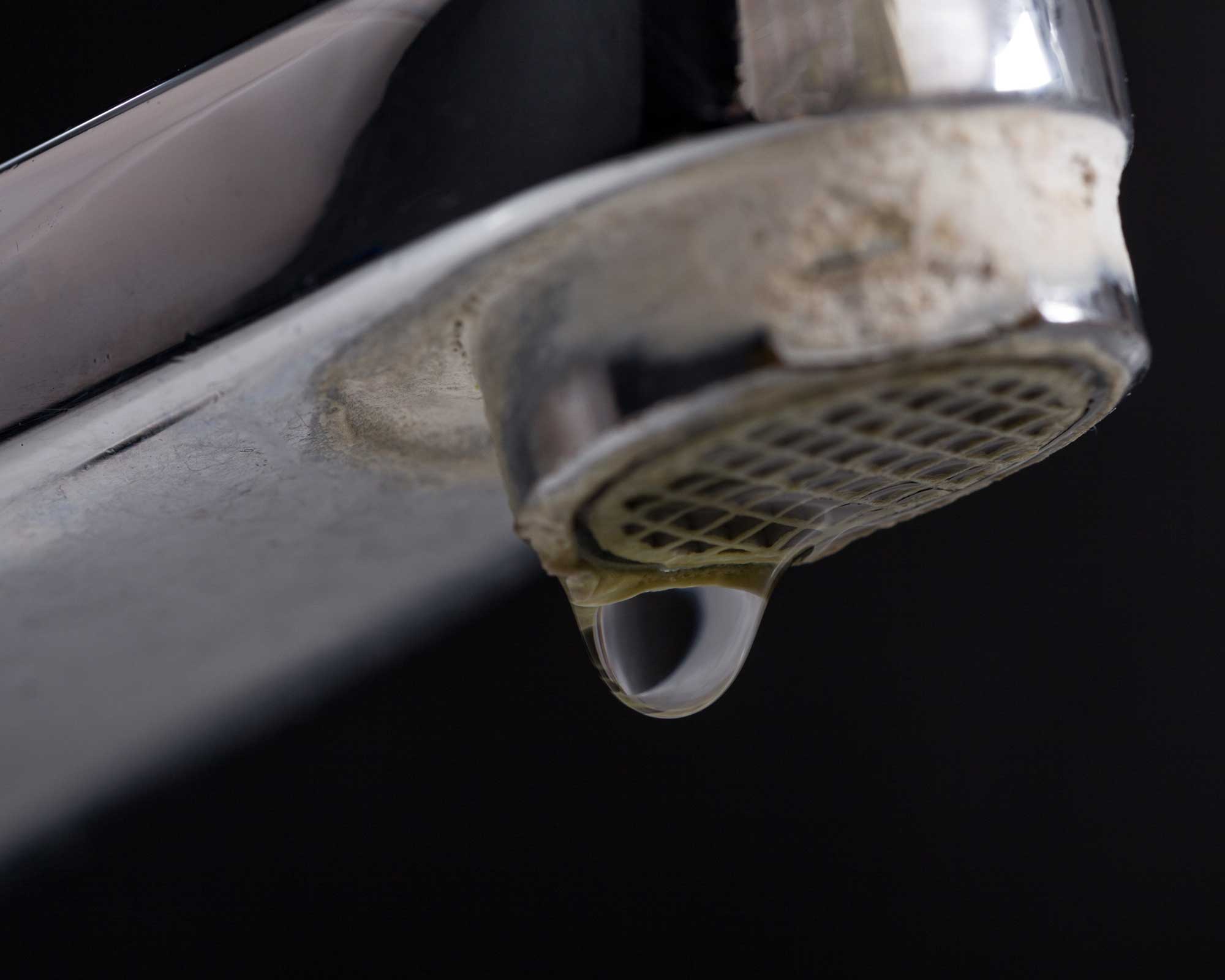How to remove limescale from taps – 3 expert methods for gleaming faucets
Learn how to remove this chalky substance affecting the faucets around your home


Unfortunately, when we look at our faucets, we often notice an off-white residue at the end of them. Built-up limescale not only affects the way we have to clean our showerheads and shower glass doors, but all the other places hard water flows in the bathroom.
Removing limescale from your taps is important not only for aesthetics but also for functionality and longevity.
By following our experts' advice, you can remove the limescale and hard water stains, keeping your taps looking and operating their best with a little elbow grease and some home items.
Experts share their best methods to remove limescale from faucets
Cleaning experts share their tips and favorite home remedies for you to use on your faucets and remove limescale immediately.

Vinegar remedies
We often recommend cleaning with vinegar around the home, and according to James King, manager at DeluxeMaid, it's also your best option for removing limescale from taps. ‘Grab vinegar and water, mix them in a cup, and pour into a plastic bag,’ he says. ‘Seal it up and put the bag over the tap, securing it with a twist tie or rubber band. Let it sit for a while, maybe half an hour or even overnight.’
Alternatively, pour it into a basin. Using a toothbrush, you can then scrub the vinegar to the inside of the faucet and other areas with severe limescale buildup. After carefully cleaning the tap, wipe away the vinegar and limescale residue using a soft cloth. If required, repeat the procedure until the limescale has disappeared.

James King is operations manager of DeluxeMaid, a home cleaning service in Indianapolis. With years of experience in the industry, he oversees all aspects of the business, ensuring exceptional service to clients.
Lemon-based remedies
Another method recommended by professionals is to clean with lemon juice. As chrome and brass are relatively soft metals that are easily scratched, when these metals are exposed to white vinegar for an extended period of time, their shine will fade. This is why lemon juice may be a better alternative for cleaning.
‘Allow the lemon juice to rest on the faucet for about an hour before rinsing with warm water and wiping dry,’ says Karina Toner, operations manager at Spekless Cleaning. ‘If the limescale is particularly stubborn, use a toothbrush to gently scrub the lemon juice into the affected areas.’
One way to enhance the effectiveness of the lemon juice on limescale is by mixing it with baking soda. Create a paste by mixing lemon juice and baking soda until a thick consistency is achieved and apply to the limescale deposits and leave for about 15-30 minutes. After the time has passed, scrub gently then rinse and wipe clean.

Karina is the operations manager at Spekless Cleaning, a trusted maid service based in Washington, D.C. The team has over five years of experience providing top-quality cleaning services for both residential and commercial clients. Karina oversees every aspect of the business, ensuring that every client gets the same top-notch service and a spotless clean every time.
Commercial limescale removers
Aside from the homemade remedies you can make to remove limescale, there are a number of commercial limescale removers available from Amazon. These products often contain acidic ingredients that break down limescale effectively.
‘With a number of limescale removers on the market, look for products specifically designed for faucets,’ says Rocky Vuong, founder and director of Calibre Cleaning. ‘Always ensure proper ventilation and use protective gloves when handling chemical cleaners.’
Rocky Vuong is the founder and owner of Calibre Cleaning and Institute which employs local cleaners to conduct deep and regular cleans.
What is limescale?

Limescale, scientifically known as calcium carbonate, is a chalky, hard substance that appears in areas of hard water. ‘Hard water’ is a term given to water with a high mineral content, typically containing calcium and magnesium carbonates, bicarbonates, and sulfates.
Limescale often builds up in faucets, kettles, boilers, and other pipes where hard water flows, and, if ignored, can severely reduce the lifespan of your taps. Buildup on taps can be a persistent challenge, but with the right techniques, it can be effectively managed. Learn how to remove limescale from shower glass to keep shower doors squeaky clean.
How do you dissolve limescale in pipes?
A solution of white vinegar and hot water is one of the most effective techniques for removing limescale from affected areas.
There are various ways you can remove limescale from your faucets. To minimize limescale buildup in the future, consider using a water softener or a water filter. Regularly wipe down your taps after use as part of your bathroom cleaning routine, to prevent water spots from forming and turning into limescale.
Sign up to the Homes & Gardens newsletter
Design expertise in your inbox – from inspiring decorating ideas and beautiful celebrity homes to practical gardening advice and shopping round-ups.

Seraphina is a contributing editor at Homes & Gardens, writing Solved features on organizing and storage. She loves to decorate and also grow her own produce from her home in London. Her previous experience includes working at Women's Health and Fabulous Magazine.
-
 How to grow astilbe – expert advice on cultivating this shade-tolerant flowering perennial
How to grow astilbe – expert advice on cultivating this shade-tolerant flowering perennialShade-tolerant and pest-resistant - astilbe are hardy and tough perennials that can thrive in many settings
By Ellen Wells Published
-
 Vintage prints are making a comeback – designers say to look out for these 5 nostalgic patterns this year
Vintage prints are making a comeback – designers say to look out for these 5 nostalgic patterns this yearThese vintage-style patterns are all the rage right now, and we spoke with design experts to learn how best to style them in the home
By Eleanor Richardson Published